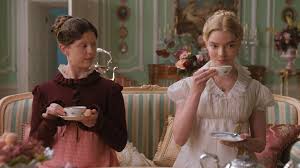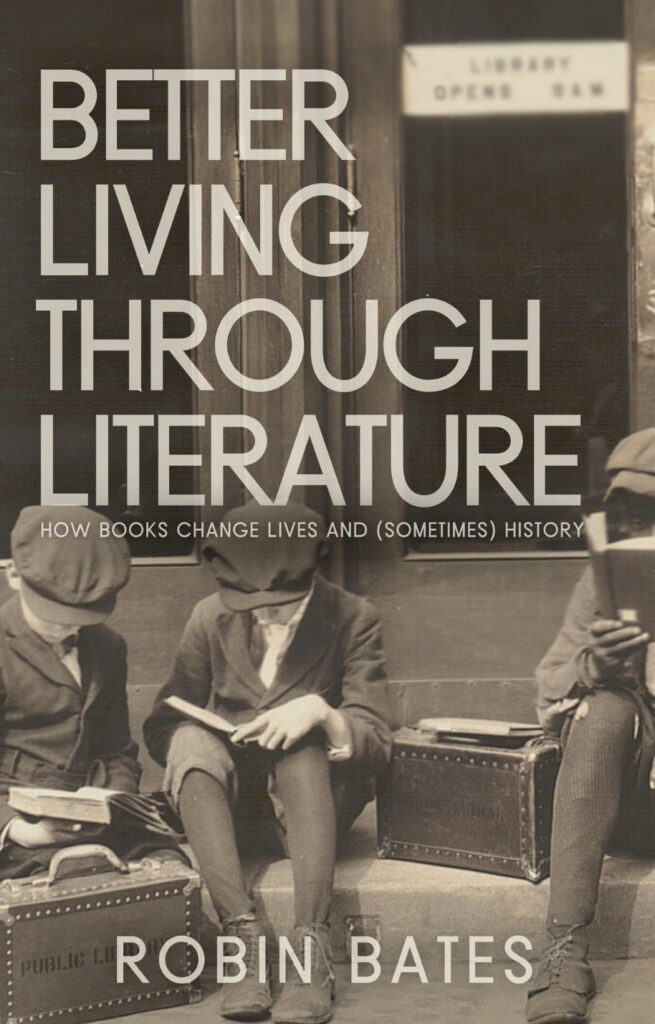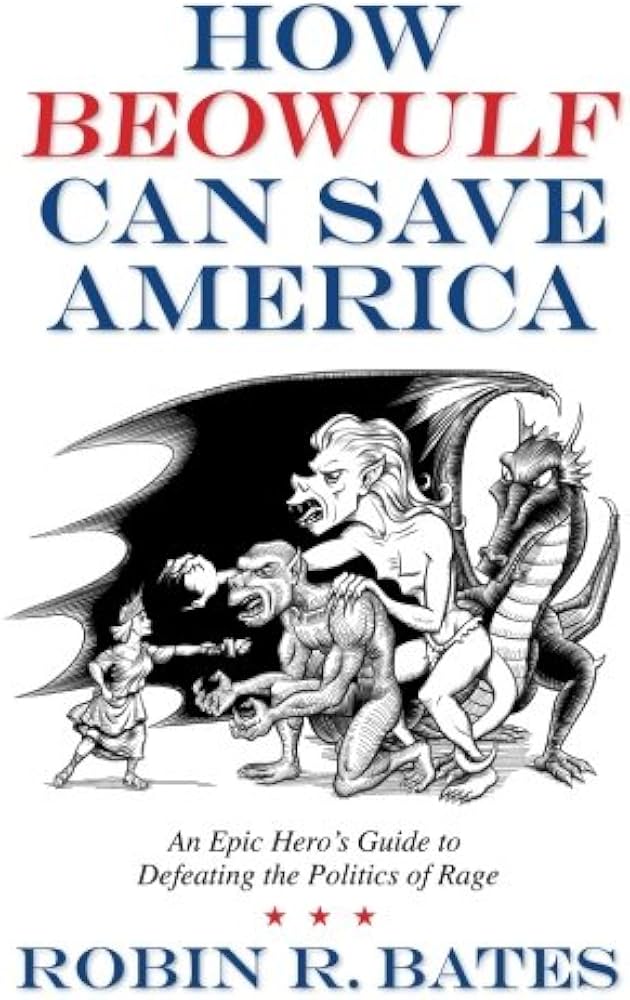Note: If you wish to receive, via e-mail, (1) my weekly newsletter or (2) daily copies of these posts, write to me at rrbates1951@gmail.com. Comments may also be sent to this address. I promise not to share your e-mail with anyone. To unsubscribe, write here as well.
Thursday
Julia and I have been on the road for the past two days, and because I wrote today’s essay in a hotel without internet access, it’s off the top of my head and short. During the trip I (1) gave a reading from Better Living through Literature at my old college; (2) taught a Chaucer class while there; (3) gave a film talk about Goodbye, Lenin to my college roommate’s church in Greenbelt, MD; and (4) saw many friends and my eldest son’s family It’s these friend visits that I want to talk about today.
I felt like I was in a Jane Austen novel as we moved from friend to friend. If you’ve read her novels, you know that her characters spend a lot of time visiting. I’m thinking especially of Elinor and Marianne in Sensibility, the Bennet sisters in Pride and Prejudice, and Emma in Emma. These are the three novels set in small towns, in contrast to a country estate (Mansfield Park) or Bath (Northanger Abbey and Persuasion). Although even in Persuasion, some of Anne Elliot’s best moments are spent visiting her friend Harriet Smith.
There are two kinds of visits in these novels. The town visits are relatively short and are basically used to exchange news/gossip and to knit together the social fabric. Some of the other visits, because they require long journey, can last weeks or even months, as in Catherine visiting Northanger Abbey, the Dashwoods visiting Mrs, Jennings in London, Elizabeth visiting Charlotte Lucas Collins, the Crawfords visiting Mrs. Grantly, and Anne visiting the Musgroves.
Our visits were a combination of these—which is to say, short visits requiring long journeys. In those short visits, however, there was so much richness that we wished they could have been extended. I saw students who I hadn’t seen for years (including one, featured in my book, who came down especially from Baltimore to hear my talk); colleagues who I hadn’t seen since before Covid, even though our collective efforts helped sustain the college; an Ethiopian refugee who lived with us for four years in order to attend St. Mary’s who now works in the patents office (and who, because Julia and I attended Carleton College, now has a daughter there); the widower of a former colleague who talked of how they used poetry to cope with her final weeks; my 13-year-old grandson, who is now only an inch shorter than I am and who is a superlative violinist; and on and on.
Reflecting on how they had impacted our lives and we theirs, Julia and I agreed that such relationships are essential to psychic health. I know several lives worth living,” Mary Oliver writes of people who have witnessed humpback whales in action, and we came away feeling that we had lived such lives by having deep and abiding friendships. Although these relationships are not based on growing up in a common locality or belonging to large family networks, as they are in Austen novels, they are nonetheless foundational to living a meaningful life.


